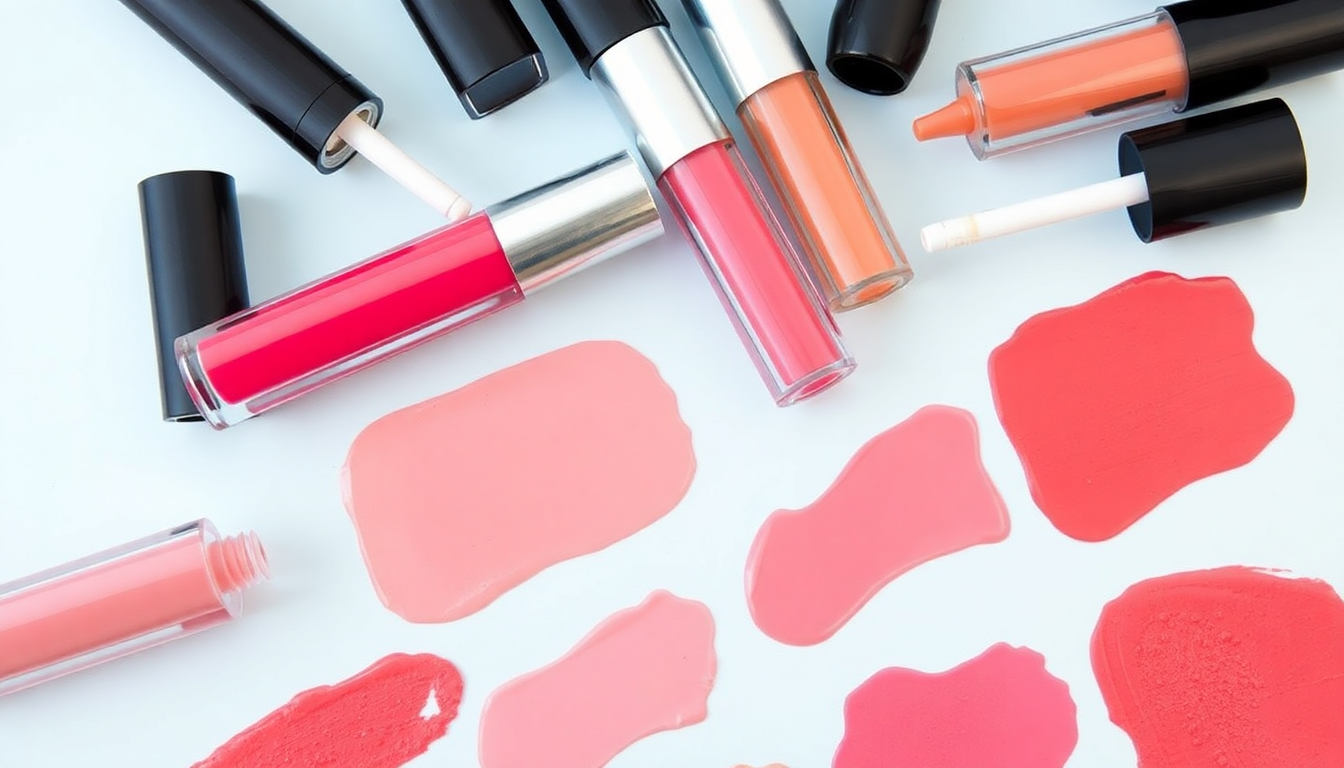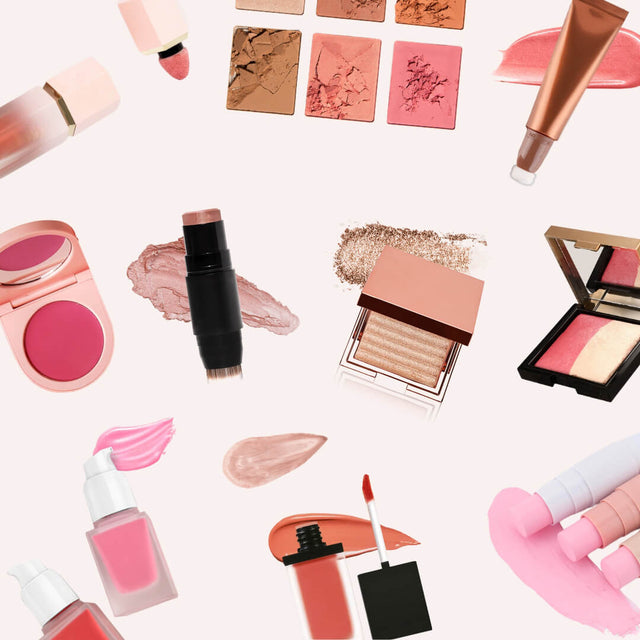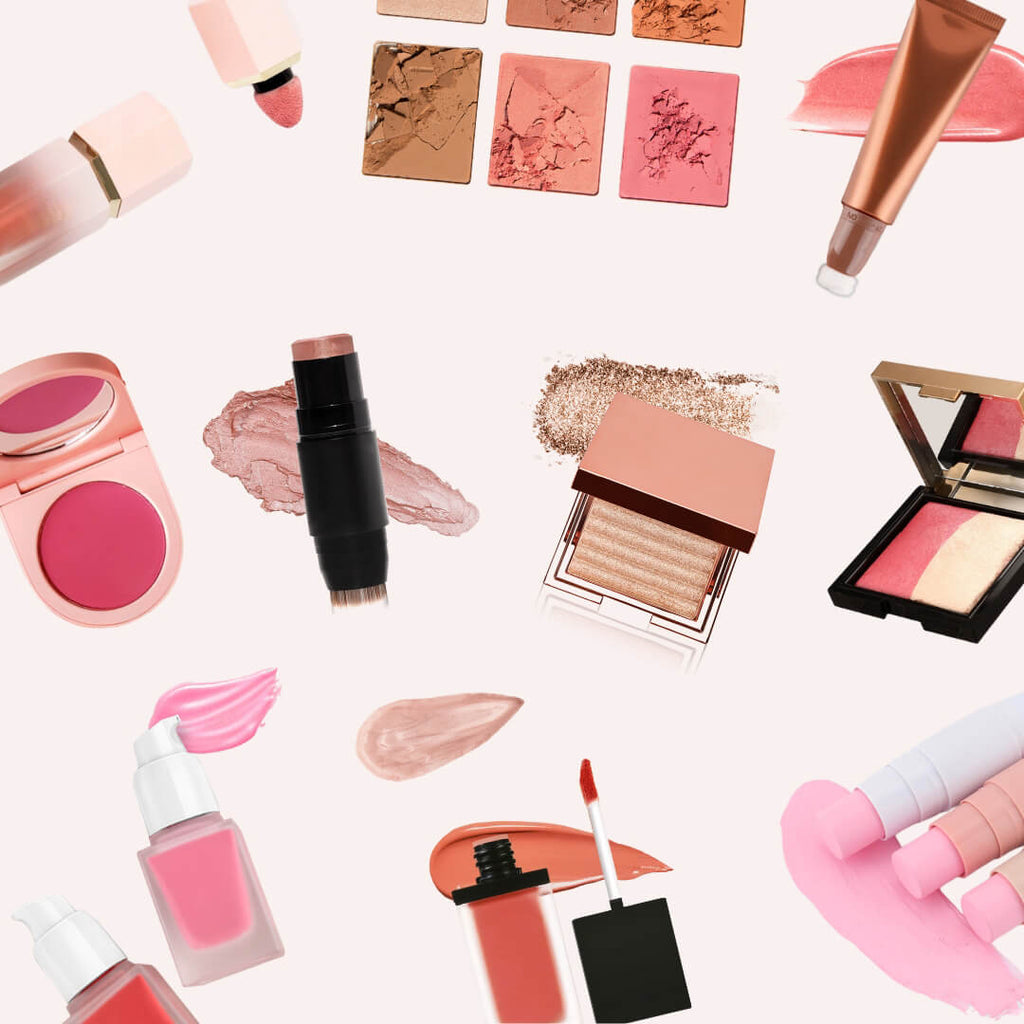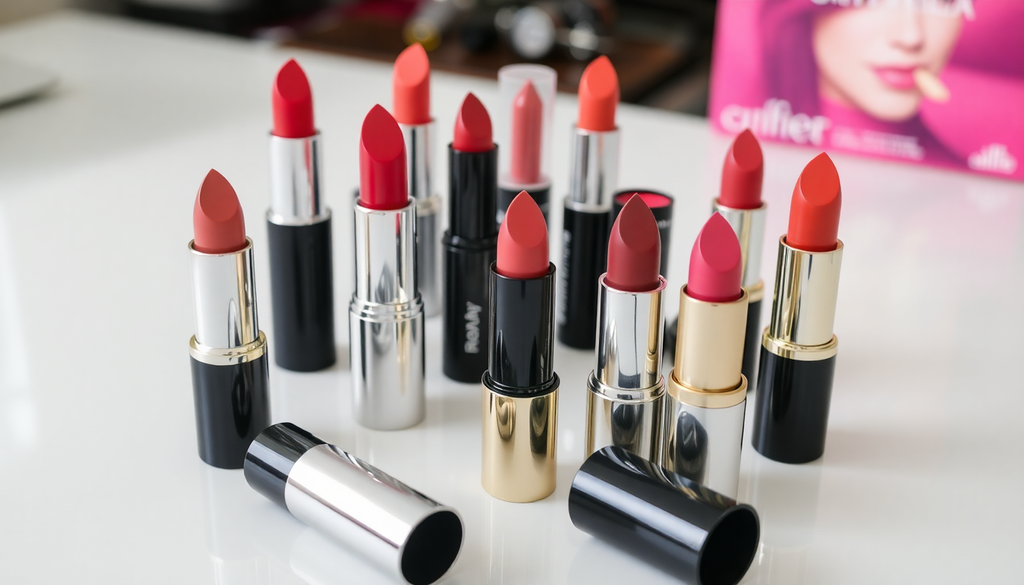
Profit-First Private Label Lip Gloss: Manufacturer's Guide to Non-Sticky Formulas, MOQ & Vegan Options
Ultimate Guide to Launching Private Label Lip Gloss Like a Pro
Why Lip Gloss is Your 2024–2025 Brand Launchpad
Lip gloss is one of the fastest ways for a new beauty brand to establish a visible SKU with strong margin potential. Retail trackers and search behavior across 2024 showed renewed consumer appetite for glossy finishes, plumping formulas, and cruelty-free options. Key market signals to cite in investor conversations:
- NPD Group and other beauty trackers noted a rebound in consumer purchases of gloss and high-shine lip products in 2024 compared with the prior year, driven by social and short-form video trends.
- Google Trends indicates rising search interest for terms like "plumping gloss" and "non-sticky lip gloss" across 2024 into 2025, signaling discovery-driven demand.
- Industry research firms report growth in vegan and cruelty-free color cosmetics through 2024, with DTC brands capturing notable share online.
Top trending shade directions: cool-toned nudes and sheer rosy berries. Suggested Pantone references to start production matching: PANTONE 13-1008 TCX for cool nude and PANTONE 18-1655 TCX for rosy berry.
Step 1: Formula Foundations - What Beginners MUST Know
The difference between a return-customer gloss and a one-time trial is texture. Your aim: shine, slip, and comfortable wear without tack. As a manufacturer in the custom cosmetics space we recommend starting with a proven non-sticky base that is easy to tweak for plumping or hydrating claims.
Two practical formula paths
- Anhydrous lightweight gloss: oil-based, easier preservation, long shelf life. Best for simple shine and vegan claims when you choose plant-based oils and esters.
- Emulsion gloss: includes water phase for added hydration and cooling actives, but requires full preservative system and more testing.
Core ingredient guidance
- Use low-viscosity esters and caprylic/capric triglyceride to reduce tack. Limit castor oil levels if you want non-sticky feel.
- Add volatile silicones or silicone-modified esters for instant slip and high shine without heavy residue.
- Incorporate lightweight film-formers for lasting shine; balance them to avoid stiffness.
- Choose plant-derived waxes or synthetic waxes for structure in vegan formulas; avoid beeswax and lanolin if pursuing a vegan lip product claim.
Never skip stability testing! Stability, color migration, and organoleptic checks determine commercial readiness. Include temperature cycling and freeze-thaw tests.
Formula Checklist
- Decide on anhydrous versus emulsion early.
- Pick 2 emollients and 1 film-former to start for a simple, scalable base.
- Plan for preservative challenge tests if water is present.
- Document raw material origin to support vegan and clean claims.
Step 2: Packaging That Sells - Budget to Luxury Options
Packaging choice shapes perceived value, production cost, and MOQ. For private label lip gloss, align packaging to your target price point and distribution channel.
Packaging tiers and typical cost drivers
- Value option: simple clear PET or PP wand tubes with standard doe-foot applicator. Compact, inexpensive, MOQs often start at 500 units for filled product.
- Mid-tier: frosted or colored tubes, branded caps, cushion wands. Adds perceived value at modest incremental cost and usually MOQs of 1,000 or more for decorated units.
- Premium: glass tubes, metal collars, embossed caps, custom applicators. Higher tooling and decoration fees; typical MOQs of 2,500 to 5,000.
Sustainable packaging options include PCR plastics, sugarcane-based bioplastics, and refillable glass systems. These often increase per-unit cost and can raise minimums or lead times.
Packaging and MOQ Checklist
- Request empty component MOQs and filled product MOQs separately.
- Confirm decoration setup fees and whether supplier stock colors reduce MOQ requirements.
- Ask about lead time for sustainable materials and any additional certification needed for recyclability claims.
Step 3: Color Strategy - From Pantone to Profit
Choosing starter shades is like building a capsule wardrobe: keep it versatile, then expand based on sales data. Start with five shades to cover daily, seasonal, and top-selling profiles.
Five-shade starter set
- Clear High-Shine Top Coat
- Cool Nude Sheer
- Rosy Berry Sheer
- Warm Peach Sheer
- Subtle Tint for longwear effect
Match to Pantone values during prototyping and freeze a reference sample for QC. Translucent sheers simplify pigmentation and reduce batch-to-batch variation costs.
Color Deployment Checklist
- Order small lab batches for each shade to evaluate opacity, shine, and undertone on different skin tones.
- Document pigment loadings and supplier lot numbers for reproducibility.
- Plan seasonal limited editions rather than large permanent SKUs to conserve cash.
Step 4: Cost Control Tactics - Manufacturing Insider Tips
A profit-first approach means designing the product to meet margin goals from day one. Simplify ingredients, limit SKUs, and optimize packaging to hit target costs.
Real-world cost levers
- Standardize a single tube type across multiple shades to lower tooling, inventory, and fill setup fees.
- Negotiate tiered pricing at 3 MOQs (for example 500, 1,000, 5,000) and build pricing triggers into contracts.
- Consolidate shipments and use sea freight for large runs to lower landed cost, but factor in lead times.
Budget Control Checklist
- Calculate landed unit cost including testing, labels, pack-out, and freight before setting retail price.
- Build a 10 to 20 percent contingency for QC rejects and initial marketing samples.
- Track unit economics per SKU monthly and sunset low-turn items after 6 months if they underperform.
Testing, Regulatory & Claims: What Manufacturers Want You to Know
Regulatory needs vary by market. Typical must-dos include stability testing, preservative challenge tests if applicable, and heavy metals testing for color cosmetics. If you plan to sell in the EU, comply with the Cosmetics Regulation record keeping; for the US, adhere to FDA guidance and accurate labeling.
Testing and Regulatory Checklist
- Order stability testing that covers 3 months accelerated and 6 to 12 months real-time before scale-up.
- Include microbial challenge testing for water-based formulas and preservative efficacy testing.
- Ensure raw material documentation supports vegan lip product and cruelty-free claims (supplier declarations).
Manufacturer's Corner: How We Make Development Painless
From concept to first production run, your manufacturing partner should be transparent about MOQs, lead times, and testing. Here are five critical questions to always ask suppliers before committing.
Five supplier questions
- What are your exact MOQs for empty components and for filled units, and are there price breaks at specific tiers?
- Can you provide filled samples with my claims (non-sticky, vegan lip product) and my target pigments?
- What testing is included in the quote and what is extra (stability, microbial, heavy metals)?
- Do you hold raw material documentation to support vegan and cruelty-free claims?
- What are standard lead times from PO to delivery and what are rush options and costs?
Manufacturer Checklist: Red Flags
- Supplier refuses to show previous stability or microbial test reports.
- Unclear origin for pigments or raw materials that you need for vegan claims.
- No documented MOQ tiers or hidden decoration/tooling fees only disclosed after PO.
Final takeaway: Launch smart by starting with a non-sticky, anhydrous or low-water gloss base, five versatile shades, and a packaging plan that aligns with your margin goals. Treat testing and supplier transparency as non-negotiables: they protect your brand and your bottom line.
Ready to formulate and price your first run of private label lip gloss? Request our Lip Gloss Starter Kit at [CONTACT PAGE] for a tailored sample plan, packaging options, MOQ scenarios, and a supplier checklist built for profit-first brands.




